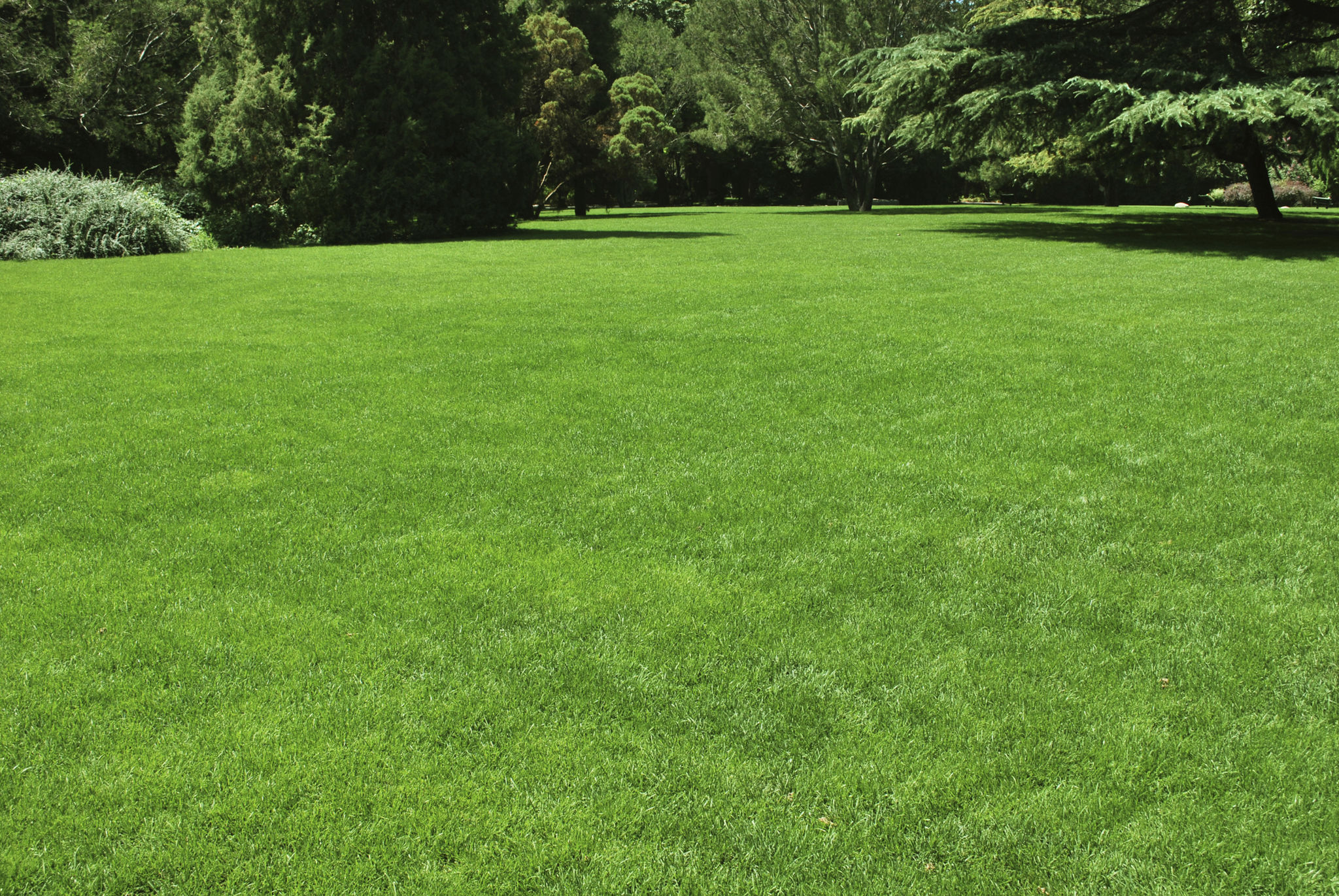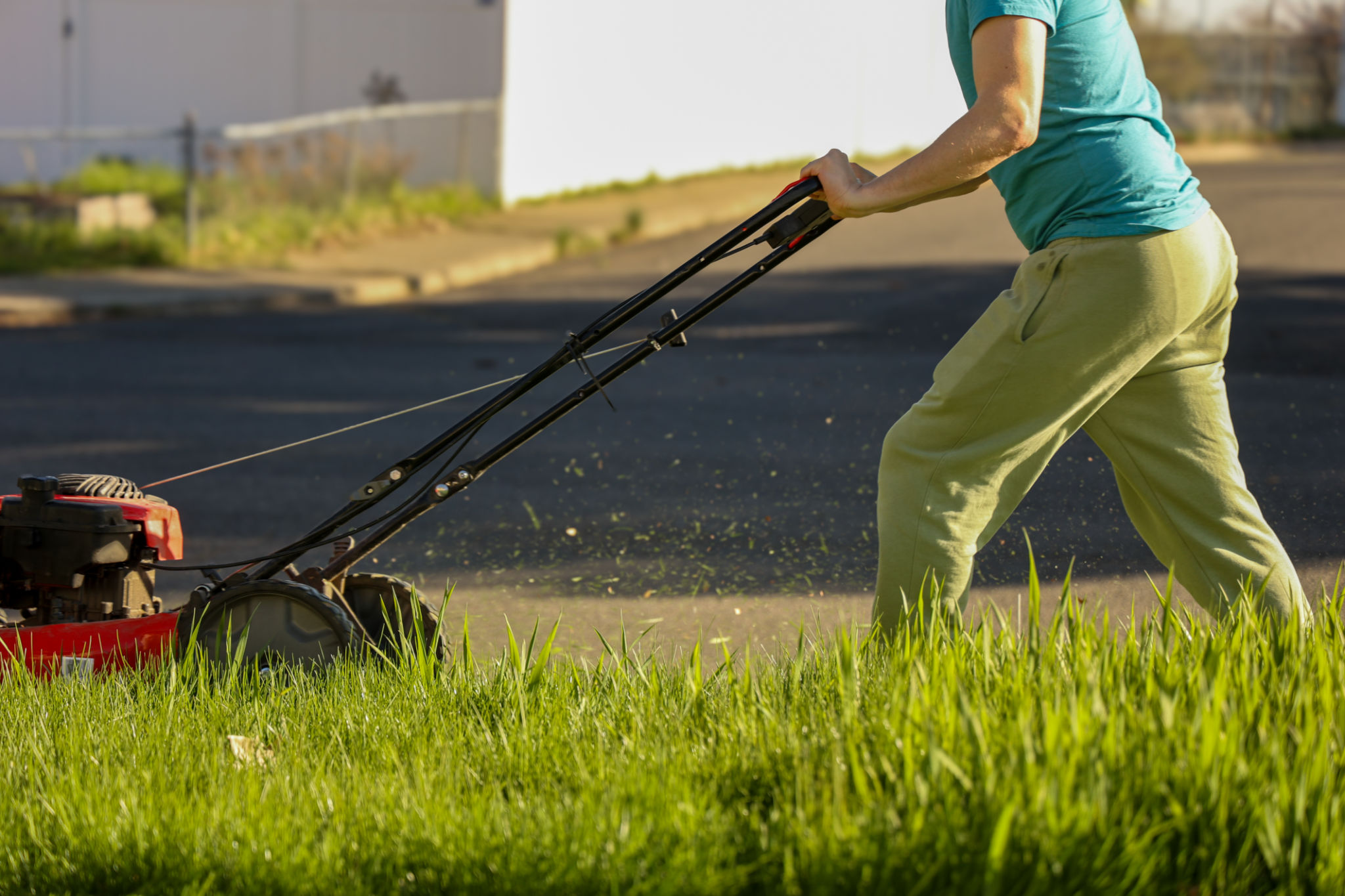The Ultimate Guide to Green Thumb Lawn Care in qathet, BC
Tl
Understanding Your Lawn's Needs
Cultivating a lush, green lawn in qathet, BC, requires understanding the unique climate and soil conditions of the area. The coastal environment offers both challenges and opportunities for lawn care enthusiasts. By tailoring your approach to suit these conditions, you can ensure your lawn thrives throughout the year.
One of the first steps is to analyze the soil composition. Soil testing helps identify nutrient deficiencies and pH imbalances, guiding you to select the right fertilizers and amendments. A well-balanced soil not only supports healthy grass growth but also discourages weeds and pests.

Choosing the Right Grass Type
Selecting the appropriate grass variety is crucial for a resilient lawn. In qathet, BC's temperate climate, cool-season grasses such as fescue, bluegrass, and ryegrass are often ideal. These varieties are well-suited to withstand the mild, wet winters and dry summers characteristic of the region.
When choosing a grass type, consider factors such as sun exposure, foot traffic, and maintenance requirements. Some grasses are more drought-resistant, while others may need frequent watering or mowing. Tailoring your choice to your specific needs will help ensure long-lasting success.
Proper Mowing Techniques
Mowing is more than just cutting grass; it's an essential aspect of lawn health. The ideal mowing height varies depending on the grass type but generally ranges between 2 and 3 inches. Taller grass blades promote deeper root growth, improving drought resistance.

It's important to mow regularly and avoid cutting more than one-third of the grass blade at a time. This practice reduces stress on the grass and prevents thatch build-up. Regular mowing also helps control weeds by preventing them from seeding.
Watering Wisely
Effective watering practices are essential for maintaining a healthy lawn in qathet, BC. Early morning is the best time to water your lawn, as it reduces evaporation and allows grass to dry before evening, minimizing disease risk. Aim for about 1 inch of water per week, including rainfall.
Use a rain gauge or an empty tuna can to measure how much water your lawn receives. Adjust your watering schedule based on weather conditions and observe how your lawn responds to ensure you're not over- or under-watering.

Fertilizing for Growth
A fertilization schedule tailored to your lawn's needs can significantly enhance its appearance and health. In qathet, BC, it's generally recommended to fertilize in early spring and fall when grass is actively growing. Use a balanced fertilizer that provides essential nutrients like nitrogen, phosphorus, and potassium.
Avoid over-fertilizing, as it can lead to nutrient runoff and environmental issues. Instead, follow label instructions carefully and consider using organic fertilizers for a more sustainable approach.
Pest and Weed Management
Maintaining a healthy lawn naturally reduces pest and weed problems. However, some issues might still arise. Integrated Pest Management (IPM) strategies focus on prevention and monitoring before resorting to chemical controls.

For weeds, hand-pulling or using natural herbicides can be effective. For pests such as grubs or chinch bugs, introducing beneficial insects or applying natural treatments can help manage populations without harming beneficial organisms.
Seasonal Lawn Care Tips
Each season in qathet, BC brings its own lawn care challenges. In spring, focus on aerating and dethatching to improve air circulation and nutrient absorption. Summer requires careful watering and mowing to prevent heat stress.
During fall, overseeding can help fill in bare spots and prepare your lawn for winter dormancy. Winter care involves minimizing foot traffic on frozen grass and clearing debris promptly to prevent disease.
Embracing Eco-Friendly Practices
Incorporating eco-friendly practices into your lawn care routine not only benefits the environment but also promotes a healthier lawn. Consider composting yard waste to create natural fertilizer or using rain barrels to collect water for irrigation.

Native plants can be integrated into your landscape to support local biodiversity while reducing maintenance needs. By making small changes towards sustainability, you'll contribute positively to the environment while enjoying a vibrant green lawn.